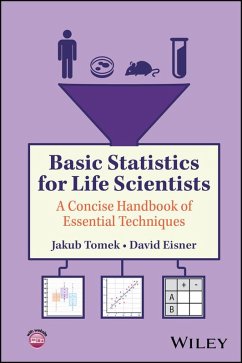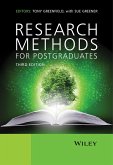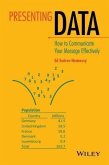Concise and approachable yet rigorous discussion of the appropriate use of statistical techniques in life science research
Basic Statistics for Life Scientists is an approachable, concise handbook of essential statistical techniques that teaches correct practice in the life sciences and related fields, helping readers become competent users of statistics and assisting them in identifying the best statistical method for their research question while also being aware of its strengths and limitations. The book is supported by illustrations and real-world examples explaining how to apply the techniques using statistical software tools.
Written by two highly qualified authors, Basic Statistics for Life Scientists includes information on:
Basic Statistics for Life Scientists is an essential reference for students and researchers in life sciences and biomedicine, especially PhD students and postdoctoral researchers, seeking to confidently apply appropriate statistical tests to their data. The book is also valuable to advanced undergraduates and more senior researchers in related fields.
Basic Statistics for Life Scientists is an approachable, concise handbook of essential statistical techniques that teaches correct practice in the life sciences and related fields, helping readers become competent users of statistics and assisting them in identifying the best statistical method for their research question while also being aware of its strengths and limitations. The book is supported by illustrations and real-world examples explaining how to apply the techniques using statistical software tools.
Written by two highly qualified authors, Basic Statistics for Life Scientists includes information on:
- Appropriate statistical techniques for evaluating experimental data, avoiding excessive jargon or mathematics
- Misuse of statistical techniques in life sciences research
- Systematic problems present in life sciences research, such as multiple hypothesis testing and pseudoreplication
- Experimental design and the problems associated with the concept of binary statistical significance
Basic Statistics for Life Scientists is an essential reference for students and researchers in life sciences and biomedicine, especially PhD students and postdoctoral researchers, seeking to confidently apply appropriate statistical tests to their data. The book is also valuable to advanced undergraduates and more senior researchers in related fields.
Dieser Download kann aus rechtlichen Gründen nur mit Rechnungsadresse in D ausgeliefert werden.









